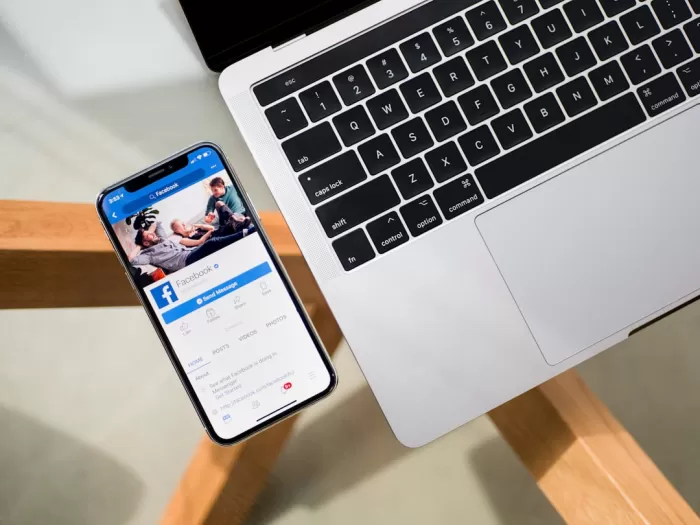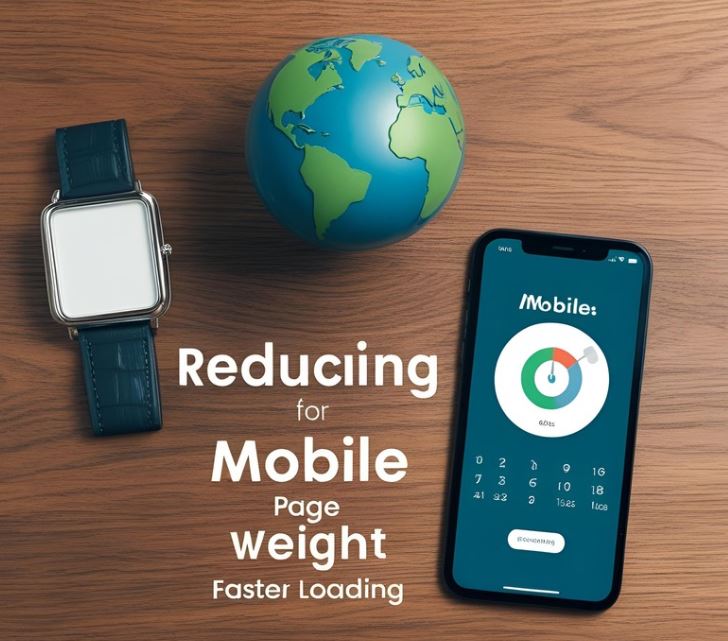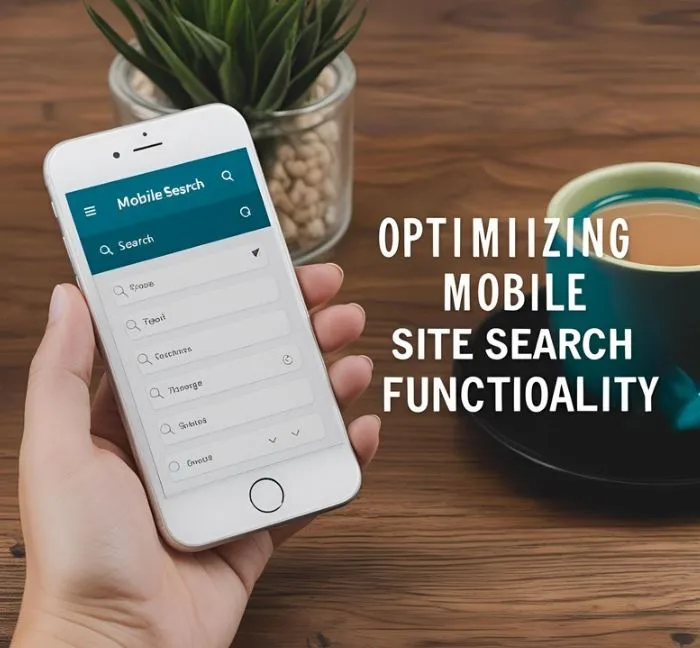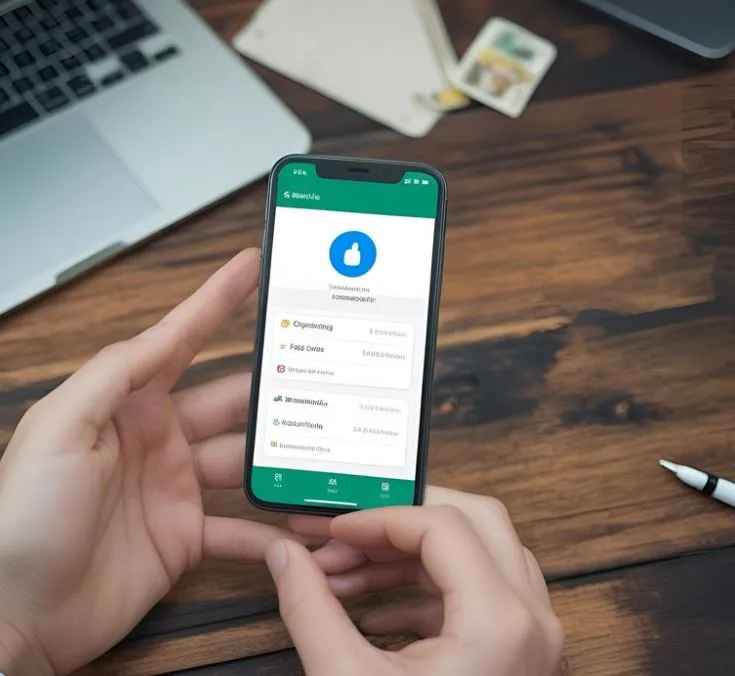
Optimizing for Screen Readers
If you want to make your website accessible to everyone, including those who use screen readers, there are a few key practices to keep in mind.
1. Use Descriptive Alt Text for Images
Instead of using alt text like "image123.jpg," provide a brief and descriptive summary of the image. For example, instead of alt="car", use alt="Red convertible parked in front of a mountain landscape".
2. Properly Structure Your Content
Use headings (<h1> to <h6>), paragraphs (<p>), and lists (<ul> and <li>) to organize your content clearly. Screen readers rely on these structures to navigate a page.
3. Create Meaningful Links
Avoid using generic phrases like "click here" or "read more" for links. Instead, make the link text descriptive and meaningful. For example, use <a href="contact.html">Contact us</a> instead of <a href="contact.html">Click here</a>.
4. Test Your Website with a Screen Reader
One of the best ways to ensure accessibility is to test your website with a screen reader yourself. This will help you identify any potential issues and make necessary adjustments.











